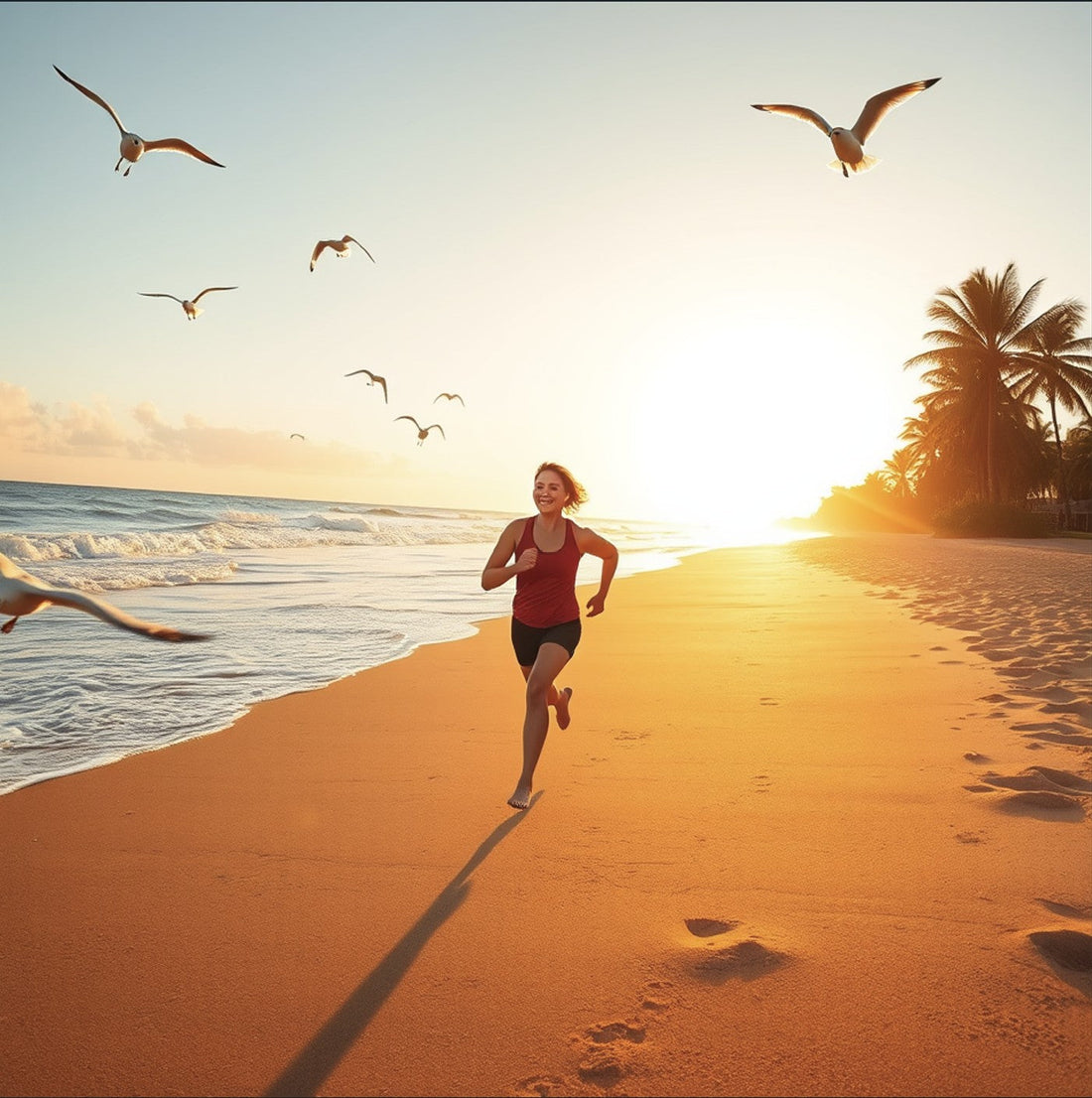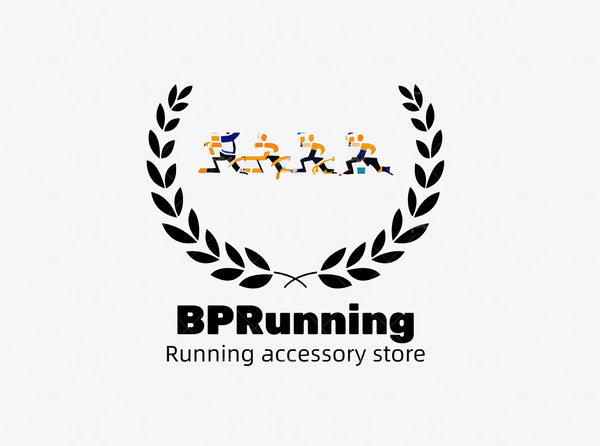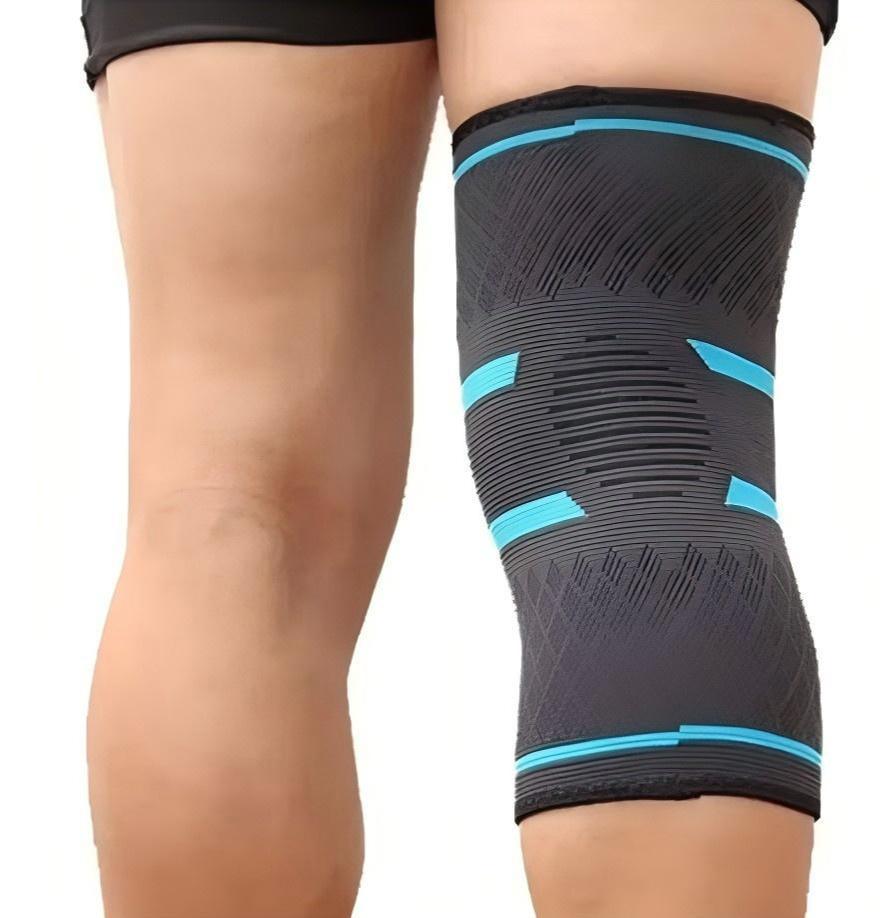
Run Wild: Why Trading Pavement for Sand & Trails Supercharges Your Mind and Body
Share
There’s something almost primal about the sound of waves crashing beside you or the chorus of birds as you weave through a forest path. Swap the treadmill glow for a sunrise beach run or a shaded woodland trail, and you’ll discover that nature isn’t just a prettier backdrop—it’s a performance-enhancing, mood-boosting training partner.
1. For skimmers
• Up to 30 % greater calorie burn on sand vs. asphalt
• Softer, varied terrain slashes impact forces on joints
• Natural scenery lowers stress hormones within 15 minutes
• Negative ions by the ocean may elevate serotonin levels
• Uneven ground recruits stabilizing muscles, building functional strength
• Studies show outdoor runners report 2× higher enjoyment and adherence than indoor runners
2. The Science-Backed Benefits
A. Lower Impact, Higher Burn
• Sand absorbs 20-40 % more impact than concrete, sparing knees, hips, and spine.
• Because the surface “gives,” you work 1.2–1.6 × harder with each stride, torching more calories without extra mileage.
• On forest loam or grass, impact is reduced vs. road but footing is firmer than sand, striking a sweet spot for distance days.
B. Natural Interval Training
• Beaches usually tilt slightly toward the water; running one direction on the firm, wet sand near the shoreline and returning on the soft, dry sand creates a built-in interval workout.
• Trail elevation changes mimic hill repeats, boosting VO₂ max and leg power.
C. Core & Stabilizer Activation
• On sand, every “push-off” is unstable, engaging calves, glutes, and deep core muscles.
• Roots, rocks, and quick turns on trails hone proprioception, crucial for injury prevention in daily life and other sports.
D. Mental Recharge ("Green & Blue Prescription")
• A 2020 meta-analysis in Environmental Research found that just 20 min in “blue space” (coastal environments) reduces cortisol by up to 21 %.
• Natural settings stimulate the parasympathetic nervous system—heart rates drop faster post-run, speeding recovery.
• Exposure to sunlight increases vitamin D, linked to better mood regulation.
E. Immune & Respiratory Perks
• Sea air is rich in sodium, magnesium, and chloride aerosols that may help clear respiratory passages.
• Phytoncides—antimicrobial compounds emitted by trees—can raise natural killer cell activity for up to seven days after forest exposure.
3. Practical Tips to Maximize the Experience
Beach-Running
• Warm up on firm, wet sand first; ease into softer sections to avoid Achilles strain.
• Alternate directions each session to balance the camber (tilt) of the shoreline.
• Go barefoot for proprioception but limit to <10 min at first; build skin toughness gradually.
Trail-Running
• Invest in trail shoes with rock plates and aggressive lugs.
• Shorten your stride on descents; gravity should carry you, not yank you.
• Carry a soft-flask water bottle and mini first-aid kit—help may be miles away.
General Safety
• Check tides (for the beach) and weather (for trails) beforehand.
• Tell someone your route or use live-tracking apps.
• Sunrise or sunset? Wear reflective gear and bring a headlamp even if you plan to finish before dark.
4. Training Integration
Starter Plan (3-Day Week)
• Day 1: 30-minute steady beach/trail run (Zone 2)
• Day 2: Road or treadmill interval session
• Day 3: 45-min trail run with hills or sand-slog repeats (Zone 3-4)
Add mobility work focused on ankles and hips twice a week.
5. Leave No Trace
• Stick to marked trails/damp sand to protect dune vegetation.
• Pack out every wrapper (gels, bar tops, etc.).
• Consider beach clean-ups as cool-down “plogging” sessions—picking up litter while jogging.
6. Call to Action
Ready to level up your running routine? Lace up (or kick off your shoes) and meet the world where land meets sea or forest meets sky. Post a photo of your next nature run, tag it #RunWild, and inspire others to trade concrete for coastline or canopy.





